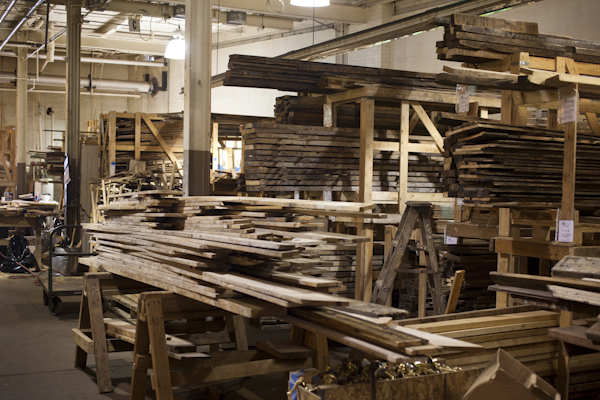 |
| Photo by Marvin Shaouni |
The last six decades haven't been easy on Detroit's old buildings. The large-scale flight of people and capital from the city has left dishearteningly few paths for much of our widely varied historic architecture to take. Anyone visiting the city for the first time can easily apprehend two of them: abandonment and decay, on one hand, demolition on the other.
Historic preservation, emerging in the late 1960s, created a third option: the use of legal and financial tools to designate and preserve sites of architectural and historic significance. The efforts of preservationists have certainly made a meaningful difference here, but historic designation and preservation are not panaceas; they can be defensive, rigid and, at times, ineffective. (The Albert Kahn-designed American Beauty Building, being torn down by order of Wayne State University as I write this, is on the National Register of Historic Places, but that largely symbolic designation won't prevent it from coming down.) Perhaps more importantly, preservation is not as widely feasible in Detroit as it is in other US cities; the staggering level of disinvestment and neglect here has left too many of our buildings too damaged to preserve.
This is a grim and painful situation, and it will persist. "We're going to lose a lot more buildings in this struggle," Susan McBride of the Detroit Historic Commision told me bluntly. Just last week, as if on cue, the Free Press reported that the Toronto-based owner of the Beaux Arts State Savings Bank, built downtown in 1900, is considering demolishing it to make room for, you guessed it, another parking garage. (Let's all sigh together. Or would it be more satisfying to scream?)
There is, however, reason to hope for the future. A host of recent decisions by small business owners, artisans and craftspeople, and even the administrators of large institutions suggests that, slowly and imperfectly, a fourth way of thinking about our historic buildings is burgeoning here. This diary entry is dedicated to sussing out and tentatively exploring this new ethic, which finds many expressions but is rooted in a commitment to finding sustainable solutions to the questions our old buildings persistently pose.
No comments:
Post a Comment